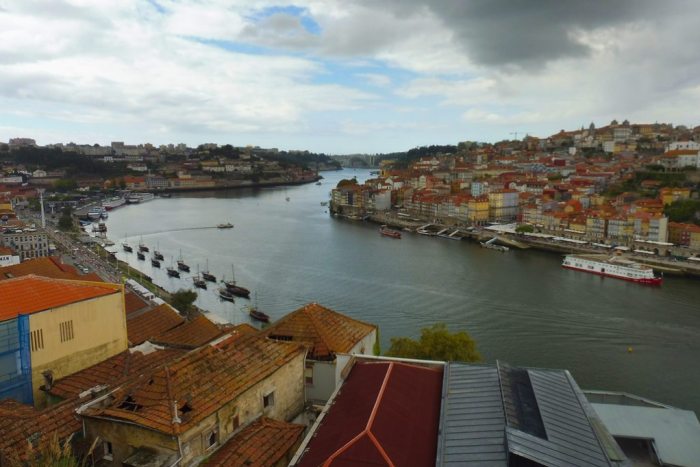I decided to take the plunge and launch a new fediverse instance, using the services of mastohost.com. The new instance is at social.vikshepa.com/@hosh.
A few weeks/months ago and again now, I looked at practically all of the available fediverse flavours and tried to set up two or three of them. Each time I either failed or had to give up in the middle, whereas previously I had managed on my home server or shared hosting. Perhaps I’m getting old.
Among those that I looked at were Friendica – Hubzilla – Zap family; Mastodon and Pleroma, Epicyon and GnuSocial version 3 (which includes an Activity Pub protocol extension).
Some of those failures may have been caused by unfulfilled dependences in Kamatera’s server packages (such as missing PHP modules), or due to choosing the wrong web-server software (NGINX or Apache), or because the recommended installation involved something like Docker, which I didn’t want to use. Docker appears to be more resource hungry, which means renting a more expensive VPS.
With Pleroma, which is said to be easier to install than Mastodon, the instructions for OTP install currently fail for me at the point of downloading the Pleroma software package. Earlier this year there were problems in the team of developers, out of which a new fork appeared called Akkoma (see details). I considered trying to install that, but who knows whether it will last? Even its developer isn’t sure.
With Epicyon, the setup goes perfectly, but when trying to access the site, I got a 502 Bad Gateway error. This happened after two installation attempts.
So, despite my preference to go-it-alone, I eventually decided to try an easier way, and signed up with Mastohost.com, which automates the installation and setup in a very cool way and promises to maintain the instance afterwards. Which, at this stage, sounds wonderful to me. I bought their cheapest plan, which is currently $6/mo., so it’s only good for one instance, or maybe would suit a family or a small team. That package is smaller than the other managed Mastodon hosting that I was able to find. Joinmastodon.org lists a few options for managed mastodon hosting. Of those, there is a German web host that offers a €5 plan, but their website is German-only.
For now, this is an experiment. My social media use is likely to be light, which is another reason to choose Mastodon (or perhaps Pleroma). I want to be able to follow a few people and for the news stream to look like a microblog (whereas Friendica or Hubzilla’s posts are larger and do not flow as quickly). And I am not interested, this time, to put up long posts or media; these will be posted on my website. The one time that I might be interested in sending such posts directly on Mastodon is when I’m away from my computer and have access only to my phone, such as while traveling.
Although it has become the most popular alternative social media platform, I’m aware that there are many things to dislike about Mastodon, in comparison to other platforms. I’m told that its implementation of the Activity Pub protocol is quirky or individualistic, and it won’t talk to any other protocol. Its privacy settings are undeveloped in comparison to Zot. It lacks the nomadic and clonable features of Zot, and so forth. So adopting Mastodon is a bit of a compromise for the sake of convenience.
There are a few reasons for opting for a personal instance over using a public server. First, the whole meaning of the Fediverse is that it should be a conglomeration of separate instances talking to each other. Popular fediverse sites, with a large number of instances become silos in the same way as Twitter and Facebook, though they are non-commercial in nature.
Second, Fediverse sites last as long as their owners and administrators have the motivation or resources to continue them. In fact, most of the Fediverse sites on which I have been active, have eventually gone down, beginning with Laconi.ca / Identi.ca. When they do work, they don’t always work well. Disroot.org’s former hubzilla server seemed to be down as often as it was up. Its current Pleroma instance is not letting me follow more than my current two people. Having a personal instance promises greater control.
Third, I’m unhappy with public timelines. On Twitter or Facebook, there is no such thing as a public timeline, whereas every fediverse site has these. Most people would regard them as a feature: they are, after-all, a good discovery engine. However, a couple of times I’ve run afoul of public timelines through accidental posts. Once, when I was on Fosstodon, I had set up WordPress to automatically send updates to Mastodon. Then, when importing a bunch of old posts into WordPress, it sent a dozen old posts at once. As a result, I got accused of spamming, and taking undue advantage of the instance’s resources. In the absence of a public timeline, that sort of thing is less likely to happen. If it did, the posts would usually be seen first by followers, who could choose to block you or send a warning. Depending on the settings of remote instances, posts seen by followers may still end up federating to public timelines. Unfortunately, Mastodon is less privacy-aware than the Zot platforms, where privacy settings can be more finely tuned, though I do find, under “posting privacy”, an option that prevents distribution of posts to public timelines. I’ve also elected to opt-out of search engine indexing (though not all search-engine crawlers honor that).
I’m not a very social person, either digitally or in person; I suppose I lack the social graces, and sometimes feel embarrassed by my interactions. Embarrassment is not a quality of those who are “good” at social media. Many of these are prone to outbreaks of objectionable behavior, which oddly enough, seems to increase their popularity. Probably they are appreciated for their supposed authenticity.
By the way, regarding Mastohost, I was pleasantly surprised to see that its developer-owner and the data center it uses are European.





